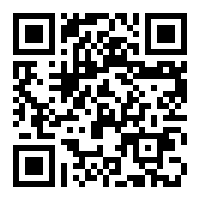BarCampMelbourne2008 summary
BarCampMelbourne2008 summary
Yesterday was BarCampMelbourne2008, a one-day un-conference held in the city. For those who haven't been to a BarCamp before, everyone arrives, writes down talk ideas on sticky-notes, and a timetable is put together on the day. BarCamp Melbourne was organised by Ben Balbo, who did an outstanding job at pulling it all together.
Good things about the un-conference was that it was free to attend, had a central location, and had free food and beer. Bad things were that the aircon had a hard time coping with 60 people plus machines plus projectors, the lack of gender balance, and the hangover when I woke up this morning.
I managed to do three full-length talks throughout the day, and squeezed three lightning talks into a six-minute timeslot at the end, resulting in the occasional joke that perhaps I should just take a stream to myself. My first (and best) talk was voted best presentation, and I was given my choice of SitePoint books as a prize. I think I'm going to have to stop accepting prizes for speaking, just as soon as conferences stop offering prizes that are really cool or useful. ;)
As usual, the conference came with learning experiences for me. Always pack extra business cards, know your audience (I suspect my talk on Perl 5.10 went over a few too many heads), make sure you're not competing with cool-sounding talks, and don't hesitate to put lies in your talk description to gain a bigger crowd.
The downside of me doing so many presentations is that I spent most of my time preparing for them, and not enough time watching other people's talks. This seems to have become my natural state at conferences now. The big up-side of all my air time is that it makes social networking so much easier, and I enjoy meeting both new and old friends at conferences very much indeed. Right now I have a wallet full of business cards with scribbled notes on them to go through.
The after-party was most enjoyable, and included a race against a failing laptop battery to try and get Ben a jaiku account, a demonstration of open source flight sims and custom control hardware, much talk about the open source training market, half a talk (fullscreen suggested) on HTML::Mason, a signing of my new book by one of the authors, and many pints of beer sponsored by Microsoft.
BarCamp materials, links, and imagery are being tagged with BarCampMelbourne2008 and are finding their way to delicious, flickr and the rest of the web.

